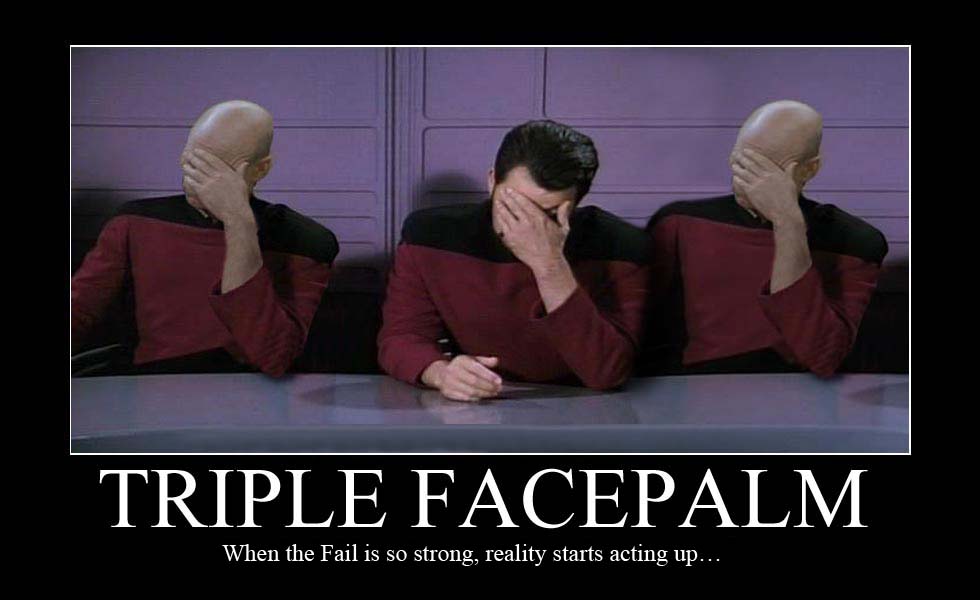
I can't believe I didn't notice this:
I failed so hard because I was thinking about objects. You know, you have an object, and 2 pointers, a pointer points to it, and you make the second pointer point to it too, and no matter which pointer changes something about the object(using the dereference op, which is not used here, another triple facepalm for me), the other pointer will obviously see the change too.
Here, the situation was more like: the 2 pointers point to the same object, but later one of them is made to point to another different object...
void set(char const *&value)
There you took a reference to a pointer, and of course doing any change inside the function is actually made to the pointer outside the function.
You could've in a way, modify the outside char array if you could use the dereference operator, but since the array is constant(because its a literal), there is no way in which you can change the array.(ONLY if you were to dynamicly allocate it, you could freely change the array) and of course, not take a pointer to a constant value as an argument.
I explained it so if anyone will ever have the same problem as me, will see things the clear way.(MASSIVE HINT: Look for the GODDAMN dereference operator damn it!)
I'm literally cringing in shame when I think about this....oh god....
Thanks Brother Bob 






